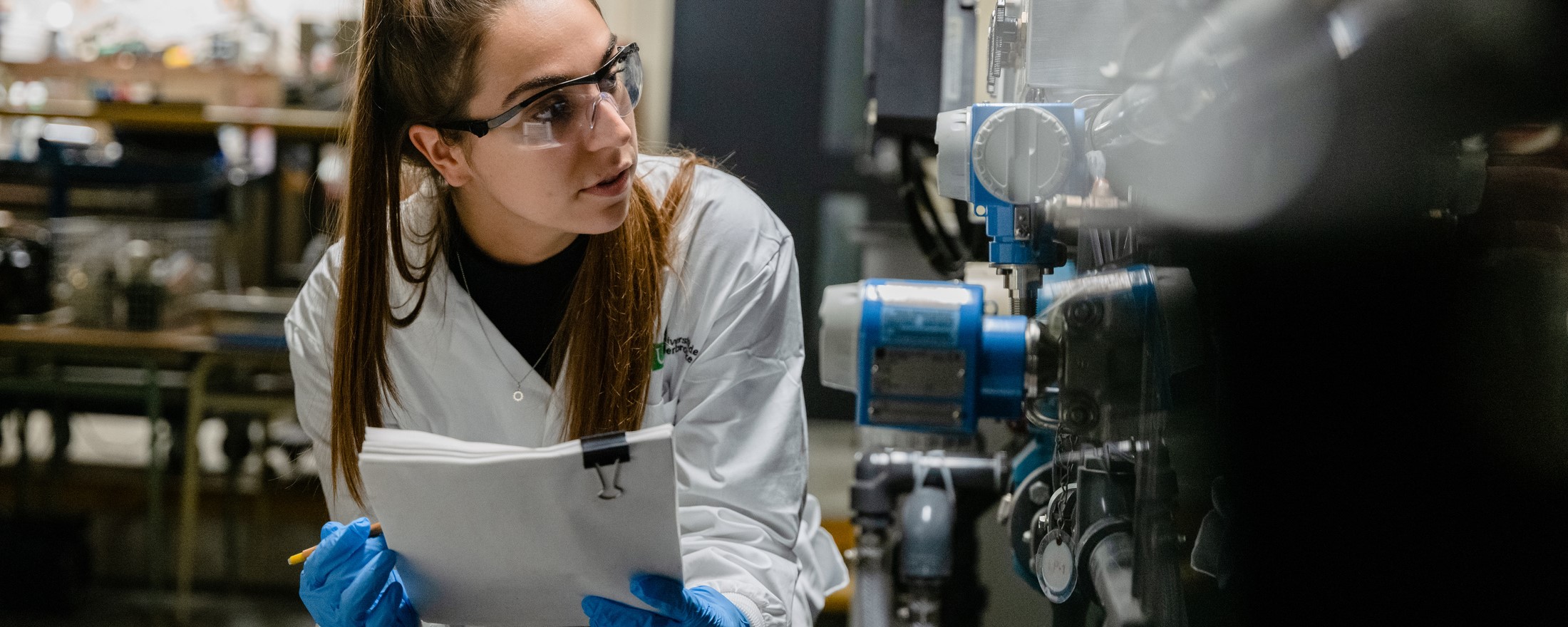Characterization and radiocarbon dating of archaeological carbon black and soot deposits
Overview
- RESEARCH DIRECTION
- Adelphine Bonneau, Professeure - Department of Chemistry
- ADMINISTRATIVE UNIT(S)
-
Faculté des sciences
Département de chimie
- LEVEL(S)
-
2e cycle
3e cycle - LOCATION(S)
- Laboratoire Archéosciences et Sciences du Patrimoine
Project Description
“Time is a storm in which we are all lost”. When William Carlos Williams wrote this sentence geochronometric methods have not yet been invented. However, even one century later, establishing a chronological framework for diverse research needs is still challenging, especially for determining past human occupations. Although, radiocarbon dating has greatly improved our understanding of the past, only 10% of archeological sites can effectively be dated. Carbon-rich materials are often found in sites but are not dated because the methods for the application of radiocarbon dating are not appropriate for anthropologically modified materials (AMM) owing to the small quantities of materials available, the difficulty of tracking the exact source(s) of carbon, and distinguishing and separating the original carbon rich material from naturally occurring pollutions. The project will study commonly occurring AMM resulting from heating, namely soot and carbon blacks (i.e. products of incomplete combustion of organic compounds) found in waste pits, pottery, paint in rock art and inks in European manuscripts. To date a material, it is important to know its composition, its structure, and how it deteriorates under various conditions, to better determine which part(s) will give a reliable age before sample extraction. First, reference samples will be created in controlled and anthropological-like environments, altered, and characterized. After learning which compounds are of interest for dating, the second step of the project will aim to improve upon current separation and extraction methods by density separation, electrochemical exfoliation, AF4 (asymmetrical field flow fractionation) and plasma oxidation. It will establish a new innovative single compound extraction and combustion methodology that limits damage to samples and allows to date smaller samples. As heritage objects are irreplaceable, they cannot be destroyed for the sake of science.
Discipline(s) by sector
Sciences naturelles et génie
Chimie, Sciences de la terre (géologie, géographie physique, etc.)
Funding offered
Yes
The last update was on 2 February 2024. The University reserves the right to modify its projects without notice.
